Inspiring inclusion in Africa and Asia
This International Women’s Day, we celebrated changemakers who are driving social, economic, and political empowerment for women and girls.
The challenge: The brain develops most rapidly in the first six years of a child’s life. Yet, worldwide, 250 million children are not reaching their potential during these years. In 2015, an estimated six million children died before reaching age five, mostly because of highly preventable and treatable diseases. In developing countries, hundreds of millions of children do not have access to pre-school; they live in areas affected by armed conflict and climate-related disasters; and their growth is stunted, which harms their brain development.
Our solution: We work to ensure that girls and boys have a good start in life by influencing the environments in which they are growing. By supporting educators, parents, and governments in promoting and providing high-quality early learning opportunities, we are helping secure a brighter future for communities around the world.
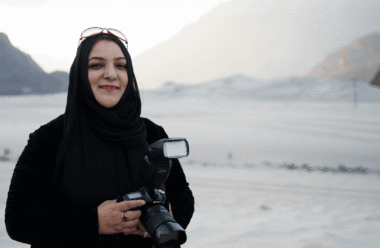
This International Women’s Day, we celebrated changemakers who are driving social, economic, and political empowerment for women and girls.
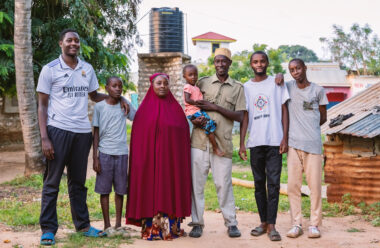
From 3-year-old Mariam to 21-year-old Ali, all of Mealii’s children attended their local pre-primary school in rural Kenya.
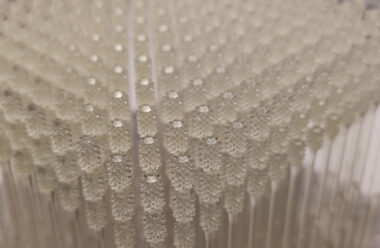
Duration: 2022-2024 Location: Pakistan Reach: 86,980 children; 62,721 women and female youth Budget: $999,104 (GCC: $499,123; AKFC: $499,981) Teeko is
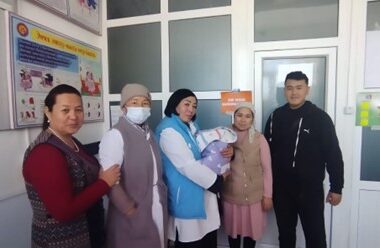
“I think all couples who are expecting a baby should take these classes.” Bektur lives in Kerben, a rural community
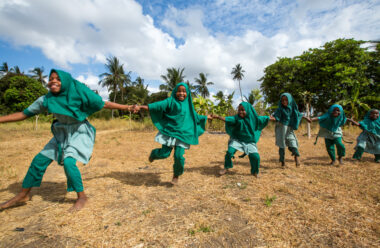
Aisha Abeid leads the Aga Khan Foundation’s education work in Mombasa, Kenya, as the County Coordinator, and contributes to AKF’s
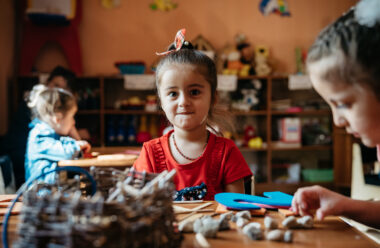
Research shows that 80% of a child’s brain development occurs within their first 1,000 days of life – making this
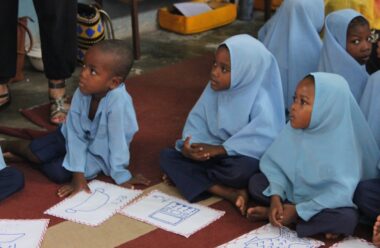
In Tanzania, children are often considered a woman’s responsibility. But teachers like Ali are challenging this gender stereotype.
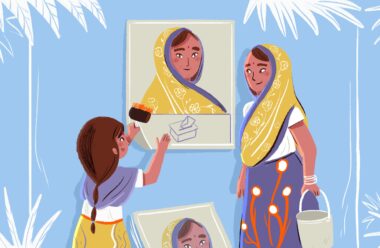
On the tenth anniversary of International Day of the Girl, learn how Canadian investments are supporting and making a difference for girls in Central Asia.
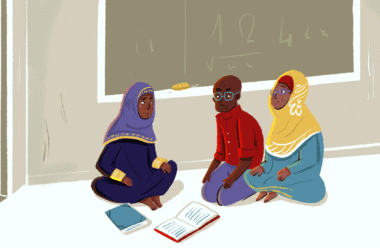
Canadian investments in education are making a world of difference for girls and boys in Africa and Asia. The Foundations